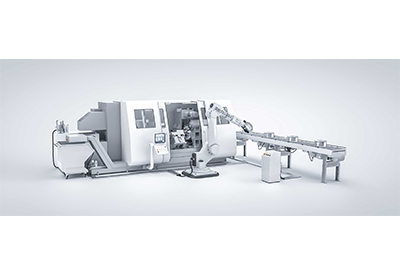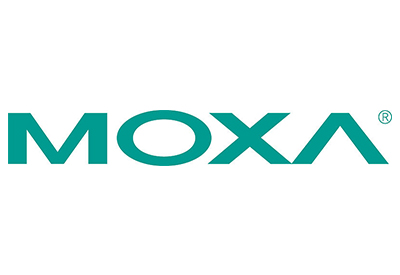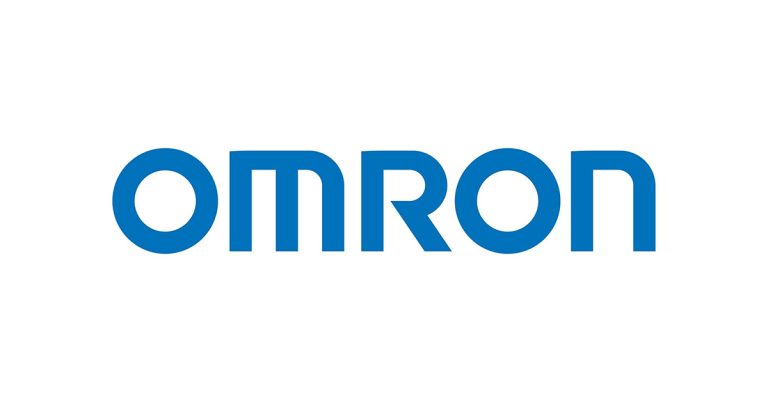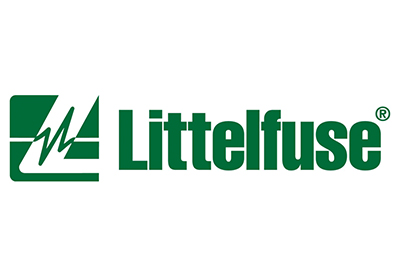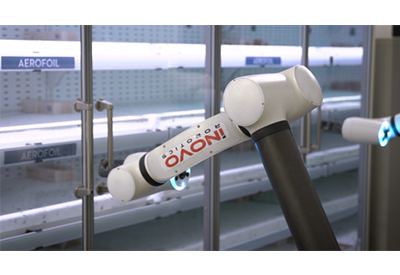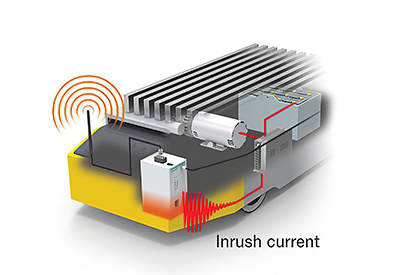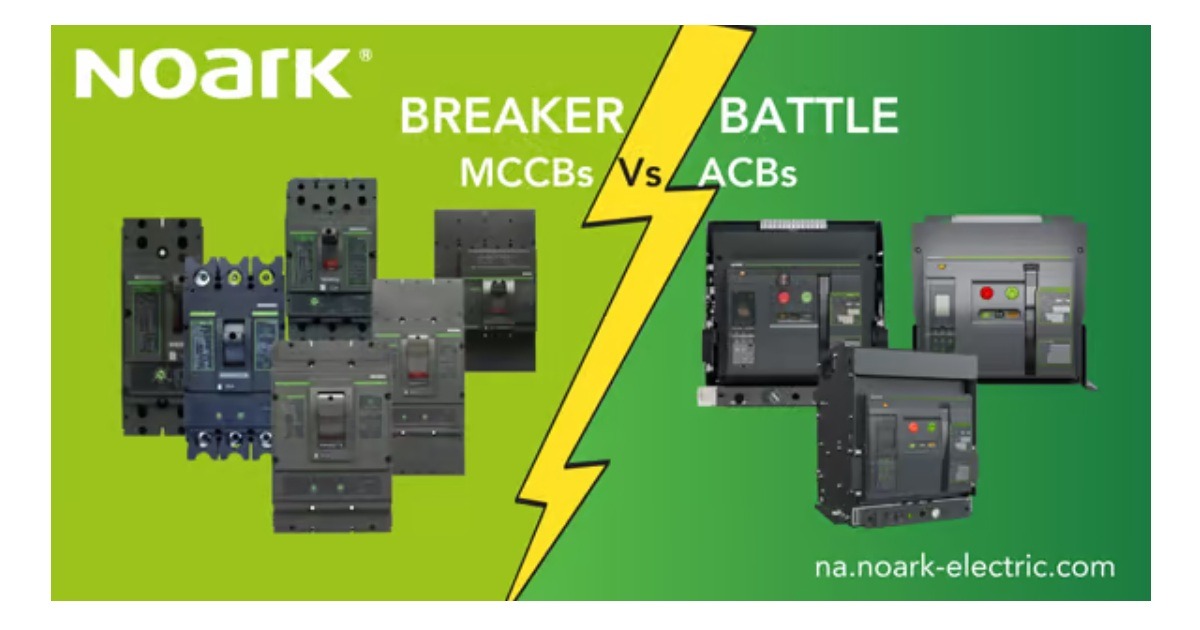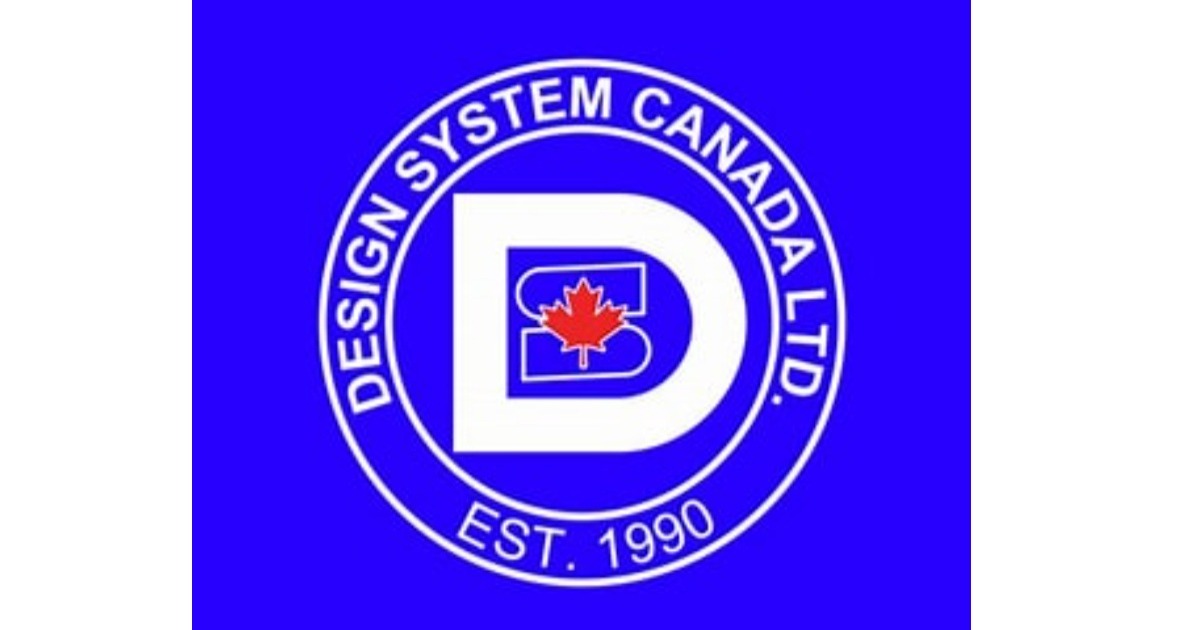SmartD Challenges the Status Quo of Motor Control with Clean Power VFDs
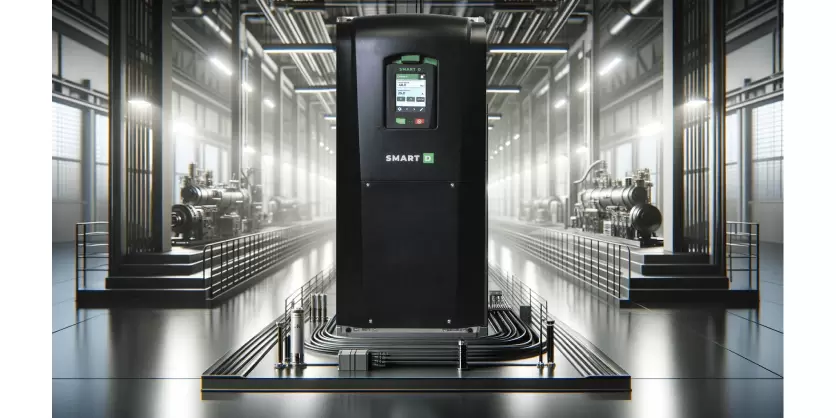
June 12, 2024
By Krystie Johnston
SmartD’s Clean Power variable frequency drive is the next generation of motor control products. Using revolutionary power electronics and modulation algorithms, it maximizes energy efficiency and produces a clean sine wave.
SmartD technologies is a Canadian startup that has developed what they say is one of the world’s first variable frequency drives (VFD) to produce a clean sine wave both on the grid and the load-side. In this article, Simon Leblond, CEO of SmartD Technologies Inc. discusses their innovative technology and the impact he is seeing it have on the market today.
Traditional drives produce a square voltage waveform, which generates harmonic distortion. This deviation from the ideal sinusoidal waveform is caused by the interaction of non-linear loads within the power supply network, increasing wear of the motor and its components and impeding energy efficiency.
Completely eliminating harmonic distortion in motor systems is challenging due to inherent electrical processes such as switching, power conversion, and the interaction of non-linear loads. To minimize harmonic distortion, advanced filtering and control strategies are used, however, this adds complexity to the overall system. What if there was another way to reduce or eliminate this distortion?
In their pursuit of a new startup, Leblond and his co-founders were interested in Gallium Nitride (GaN) and Silicon Carbide (SiC), revolutionary materials for power electronics. They quickly discovered that these materials switch much faster and with much lower losses than conventional semiconductor materials, and that motor control was an application that could benefit from these more expensive materials gaining traction in the industry.
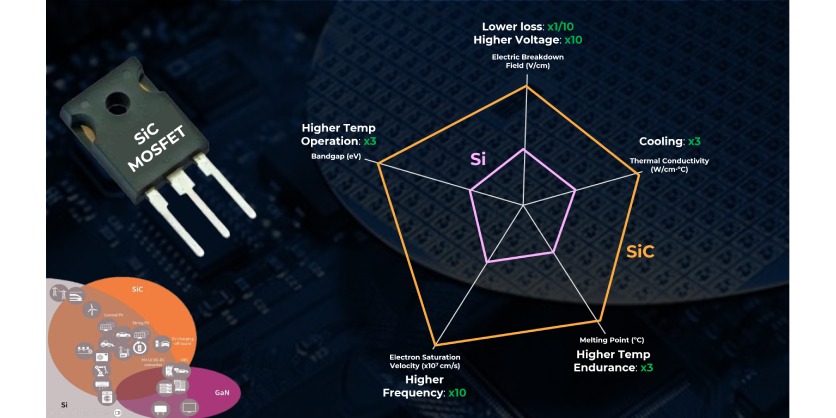
Leblond recalls the hesitancy people expressed regarding using GaN or SiC in industrial electronics when he and his team started SmartD about six years ago.
“I talked to a lot of industry players when we started, and I got a lot of similar feedback. They would say, ‘Oh yeah, we know about Silicon Carbide. That is the future. Absolutely. But Silicon Carbide is not ready for us. We will start working with it in five or ten years.’”
That was the green light for Leblond. He saw a window of opportunity to rethink VFDs and not wait for SiC to be ready. While Leblond and his team were not well-versed in VFD technology when they started SmartD, they were determined to make a before and after impact on the industry. Leblond credits SmartD’s co-founder, Simon Caron, for providing the technical vision to develop the proof of concept, which evolved into a final product.
Leblond explains why using SiC instead of insulated-gate bipolar transistors (IGBTs) is a key element making SmartD’s VFDs revolutionary. “We are switching about 50 times faster than your typical drive. And that gives us a much finer breakdown. That combination of high-switching frequency and three-level architecture results in smaller steps, and our algorithms cancel some of the harmonics as well. We integrate filters into the drive, but they are so small that we can put them on the PCB. And with that, you get your sine wave at the output, remove the common mode voltage, and you have the low harmonics on the grid,” he says.
The use of SiC is a game-changer for motor control and will continue to impact this market in the future given its momentum in other industries.
“About two or three years after we started, Tesla announced that they were using Silicon Carbide in the Tesla 3. Suddenly, this kind of undercover material became prime time, and all the SiC and semiconductor manufacturers started investing massively,” says Leblond.
“Silicon Carbide is just at the inflection point. We are seeing higher yields and decreasing costs as new factories come online, and the methodology of producing it is getting better. I foresee, that in the coming years, we can improve the specification of our product even more just by changing the chip we put in,” says Leblond.
So what’s next for SmartD and its innovative Clean Power VFD? The team is actively working on completing its full product catalogue up to 150HP at both 480V and 600V.
“Today, we have one drive frame size. We still have a restricted power range, and I would say that is our biggest limitation at the moment. I have my daily frustration of having someone call and say, ‘Hey, do you have a 75 HP drive?’ and having to reply, ‘Ah, it is going to be released this fall, and I cannot wait for you to try it,’” says Leblond.
Educating customers is one of the biggest challenges Leblond and his team face.
“Very often, people do not realize that we don’t ‘just’ have a hardware product. About two-thirds of our R&D team works on software, whether it is the motor control algorithm and its implementation, or the IoT, or the mobile app, or just testing everything. Testing is one place we keep investing more. Every feature we do branches out to more possibilities,” Leblond says.
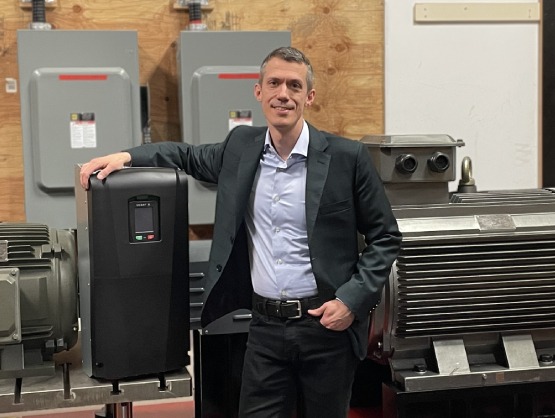
Leblond frequently hears from customers who are excited about the challenges their VFD has solved, or new applications they are using it for. For example, he says, “We recently had a customer who had 1,000 feet of cable on their drive, they looked at what they were getting after 1,000 feet of cable and were surprised to discover that they were still getting a sine wave.”
Another customer wanted to put SmartD’s drive close to his equipment and was happy to hear that it was temperature-rated for 50° C.
He was elated when he realized he could use long cables because their drive does not require dVdt filters, which meant he could bring the drive back to the mechanical room, eliminating the need to even build an enclosure.
As more people try SmartD’s revolutionary VFD they discover more applications and impacts on the industry. Leblond and his team enjoy working with customers to solve their challenges.
If you are interested in learning more, reach out to SmartD today, or visit the SmartD website HERE.

